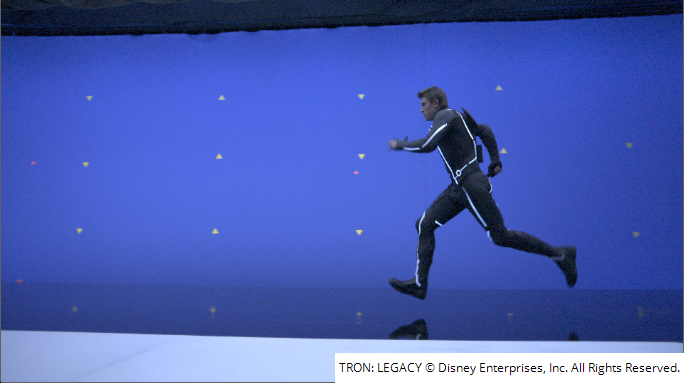Retimer
Description
O_Retimer is designed to retime footage so that it plays back faster or in slow-motion. O_Retimer uses upstream motion vectors generated by an O_VectorGenerator node to retime the footage. These motion vectors describe how each pixel moves from frame to frame (see VectorGenerator). With accurate motion vectors, it is possible to generate an output image at any point in sequence timeline by interpolating along the direction of the motion.
|
|
|
|
Simple mix of two frames to |
O_Retimer vector interpolation |
By default, O_Retimer is set to perform a half-speed slow down. This is achieved by generating new frames at quarter and three-quarter positions (.25 and .75) between the original frames at 0 and 1. In this way, none of the original frames are used in the retimed sequence, as shown in the following diagram:

Timing Methods
You can retime footage using two different methods; the Speed method and the Source Frame method. By default, the Timing control is set to the Speed method.
The Speed method allows you to set a new speed at which to play the footage back. A speed value below 1 slows the clip down; and a speed value above 1, speeds it up. The default value is 0.5, which creates a half-speed retime.
Note: When using the Speed method, we recommend adding a FrameRange node before the O_Retimer to control the input frame range. This allows you to visualize the retime using the Curve Editor more easily.
Alternatively, you can perform a retime using the Source Frame method. This retimes the footage in terms of specifying source frames at different outputs on the timeline. For example, you can specify frame 1 in the output clip to read frame 1 of the source clip, and specify frame 100 in the output clip to read frame 50 of the source clip. This is the equivalent of doing a half-speed retime.


